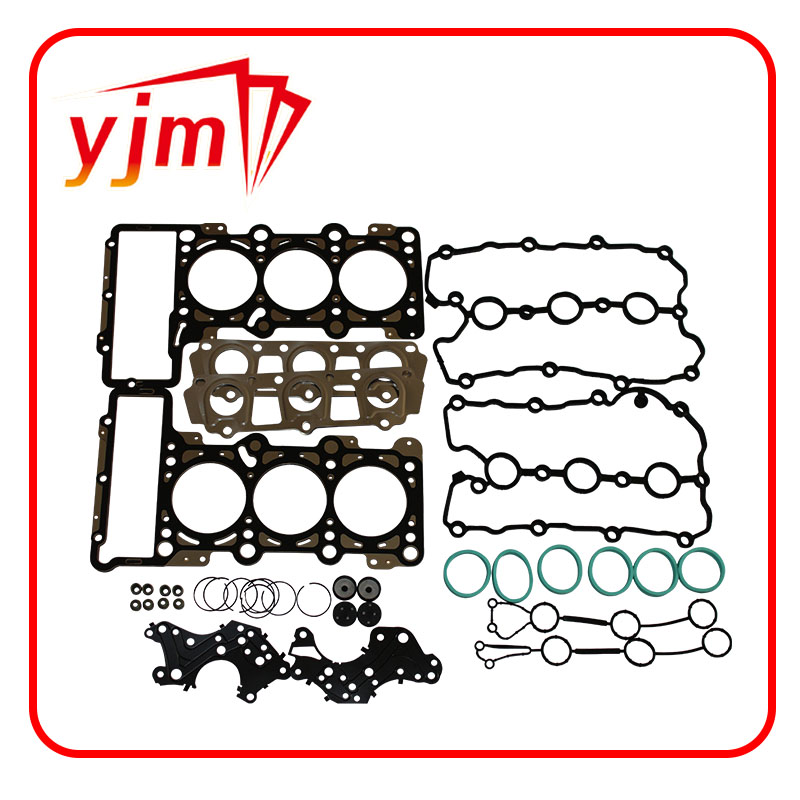power steering box seal
Understanding Power Steering Box Seals Importance and Maintenance
Power steering systems have become a standard feature in modern vehicles, providing drivers with the ease and comfort of effortless steering. At the heart of this system is the power steering box, a critical component that requires proper maintenance to function effectively. One of the most crucial aspects of the power steering box is its sealing system, specifically the power steering box seal. This article explores the significance of power steering box seals, their types, common issues, and best practices for maintenance.
What is a Power Steering Box Seal?
A power steering box seal is designed to prevent hydraulic fluid from leaking out of the power steering box. This seal ensures that the hydraulic pressure required for smooth steering is maintained. Typically made from durable materials, such as rubber or polyurethane, these seals withstand high pressures and temperature variations. A reliable seal contributes significantly to the performance of the power steering system.
Types of Power Steering Box Seals
There are various types of seals used in power steering boxes, including O-rings, lip seals, and bonded seals. O-rings are circular and provide a tight seal around the shaft, while lip seals have a lip that presses against a rotating component, creating a barrier to fluid leakage. Bonded seals combine different sealing elements to enhance durability and performance under extreme conditions. Choosing the right seal for your specific power steering box is crucial for optimal function and longevity.
Common Issues with Power Steering Box Seals
power steering box seal

Despite their robust design, power steering box seals can experience issues over time. One of the most common problems is wear and tear due to continuous movement and exposure to heat. As the seal deteriorates, it can lead to fluid leaks, which may result in decreased steering response and increased effort required to turn the wheel. Additionally, contamination from dirt and debris can cause seals to fail prematurely. If you notice fluid pooling under your vehicle or a decrease in steering performance, it’s important to check the condition of the power steering box seal.
Best Practices for Maintenance
To ensure the longevity of your power steering box seal, regular inspections and maintenance are essential. Check the fluid levels periodically and look for any signs of leaks around the steering box. If the fluid is dark or contaminated, consider flushing the power steering system and replacing the fluid. Additionally, using high-quality steering fluid specifically designed for your vehicle can help prolong the life of the seal.
When replacing a worn seal, always opt for OEM (Original Equipment Manufacturer) parts to guarantee compatibility and durability. Professional installation is recommended, as improper installation can lead to further complications.
Conclusion
The power steering box seal plays an essential role in the overall functionality of your vehicle’s steering system. Understanding its significance, types, and common issues can help you take preventive measures to maintain the performance of your power steering system. Regular inspections and timely replacements are key to avoiding costly repairs and ensuring a smooth driving experience. Whether you’re a car enthusiast or a casual driver, keeping your power steering box seal in good condition is vital for the safety and comfort of your journeys.
-
Understanding the Front Main Engine Seal: Purpose, Maintenance, and Installation
News Jul.29,2025
-
Understanding O-Rings and Seal Rings: Types, Applications, and Custom Solutions
News Jul.29,2025
-
Understanding Crankshaft Oil Seals: Rear Seals, Pulley Seals, and Their Role in Engine Integrity
News Jul.29,2025
-
The Importance of Front and Rear Crankshaft Seals in Engine Performance and Oil Management
News Jul.29,2025
-
Crank Oil Seals: Functions, Types, and Cost Considerations in Engine Maintenance
News Jul.29,2025
-
A Comprehensive Guide to O-Rings and Seals: Types, Materials, and Global Applications
News Jul.29,2025
-
Mastering Diesel and Performance Engine Maintenance: A Guide to Critical Oil Gaskets
News Jul.28,2025
Products categories















